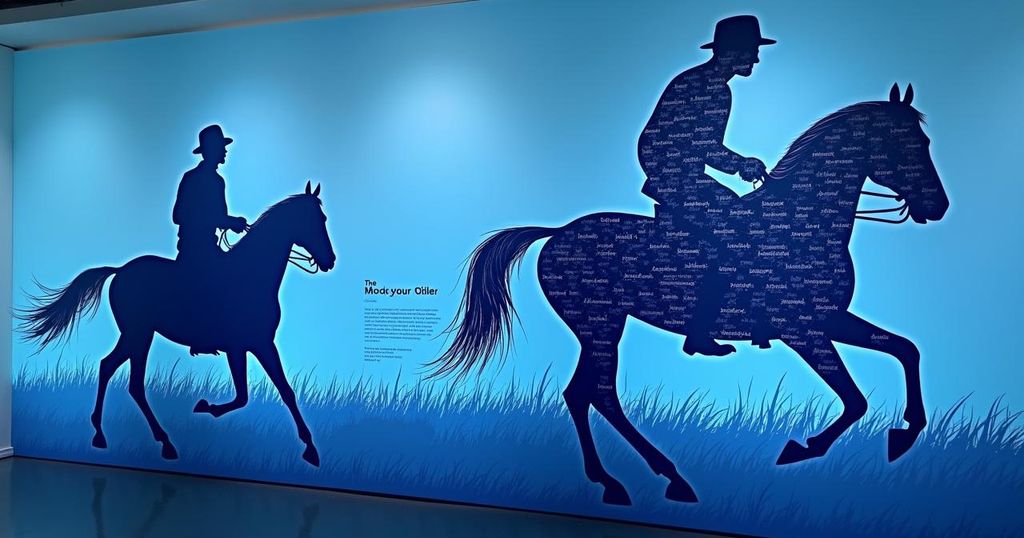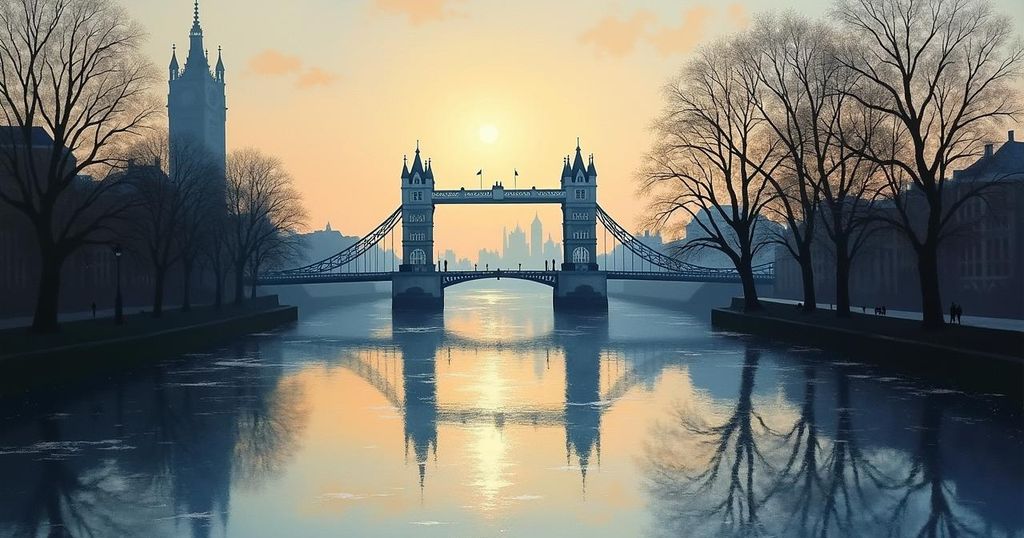The Tate Modern’s exhibition highlights the Blue Rider group, emphasising their international influence and the often-overlooked contributions of female artists like Gabriele Münter. The show runs until October 20 and features over 130 artworks, sourced primarily from the Lenbachhaus museum.
The Tate Modern is hosting a significant exhibition titled “Expressionists: Kandinsky, Münter and the Blue Rider,” showcasing the Blue Rider group as an eclectic international network of artists from the early 20th century. This retrospective aims to provide a comprehensive view of the group, highlighting the role of female artists often overlooked in history, including Gabriele Münter, the featured star of the exhibition. Running until October 20, the show includes over 130 works—paintings, photographs, and other objects—most prominently sourced from the Lenbachhaus museum in Munich, which houses the largest collection of Blue Rider art. Münter’s impressive collection features notable works, including her vibrant 1909 portrait of fellow artist Marianne von Werefkin, exemplifying the group’s revolutionary approach to colour and form in modern painting.
The Blue Rider, formed in 1911, was a pivotal group of artists in Munich known for their experimental styles and significant contributions to Expressionism. The most notable figures include Wassily Kandinsky, Franz Marc, and Paul Klee, but the exhibition at Tate Modern seeks to expand this narrative by providing visibility to female artists like Gabriele Münter, who played crucial roles yet have been historically marginalized.
The Tate Modern’s exhibition reveals the diverse contributions of the Blue Rider group, especially focusing on female artists like Gabriele Münter. It presents a broader understanding of Artistic Expressionism while celebrating the group’s innovative spirit. The exhibition is a valuable opportunity for visitors to explore this rich history through an array of artworks.
Original Source: www.nytimes.com






